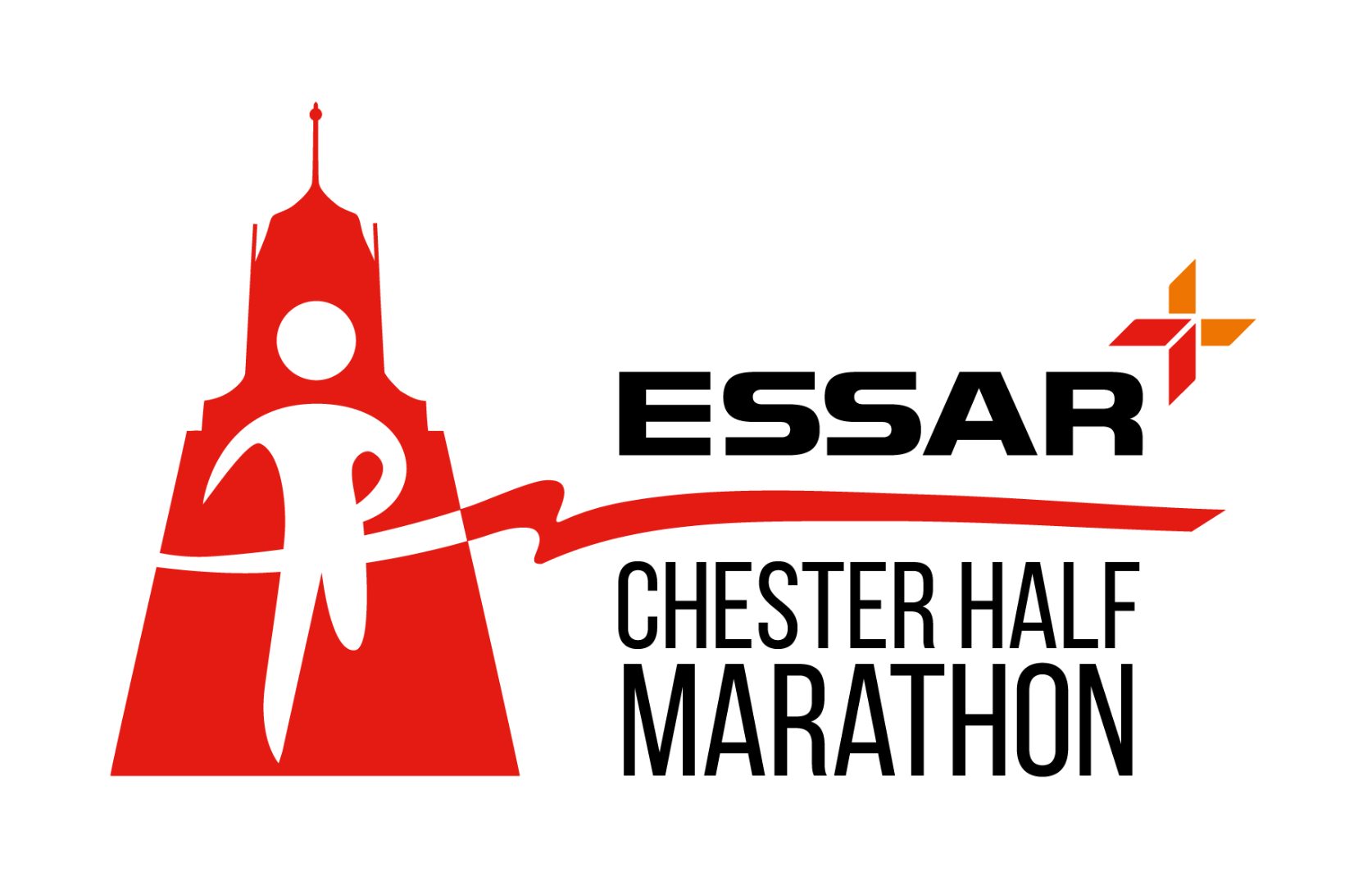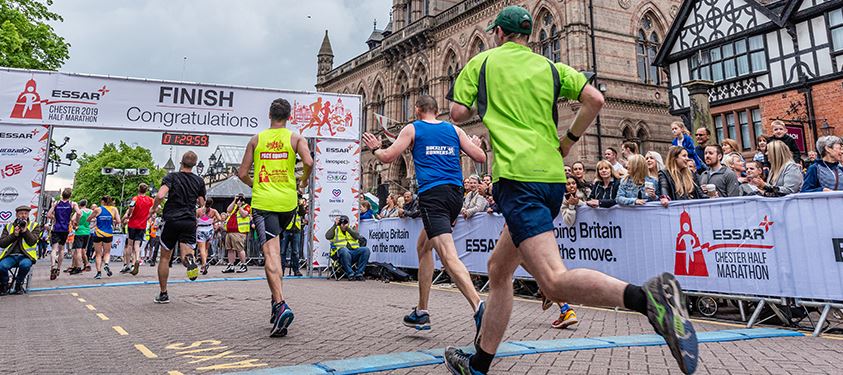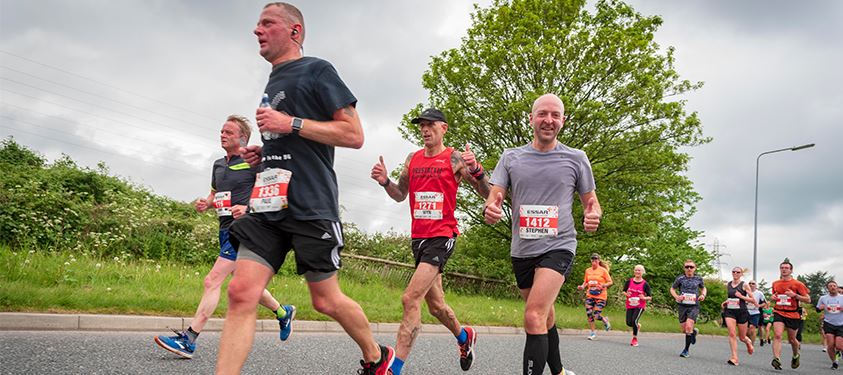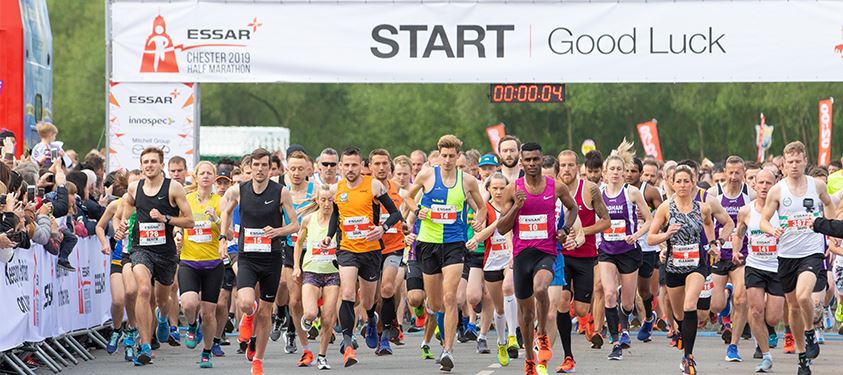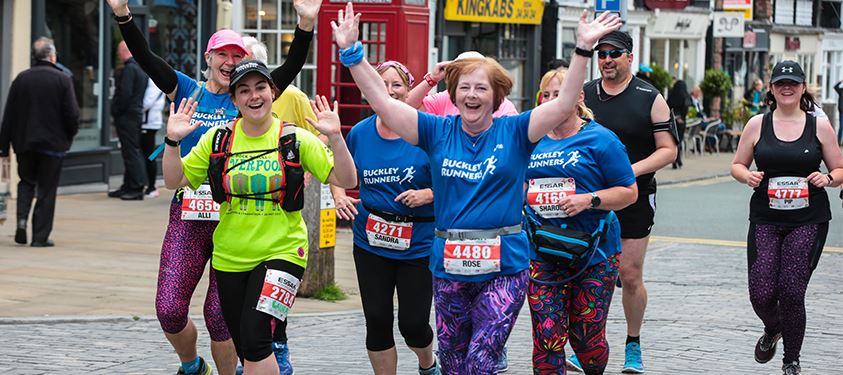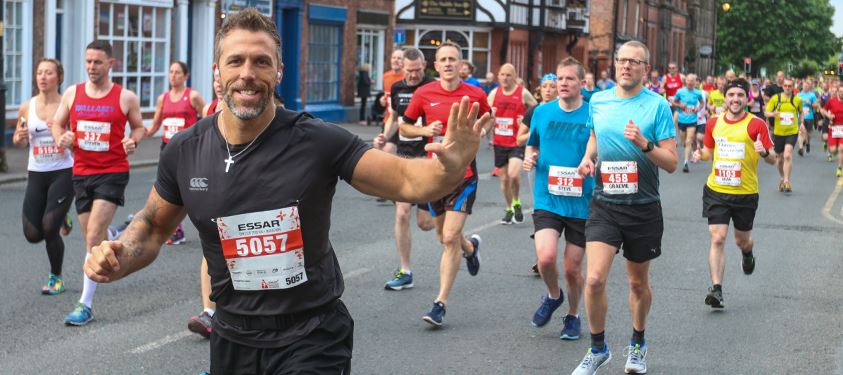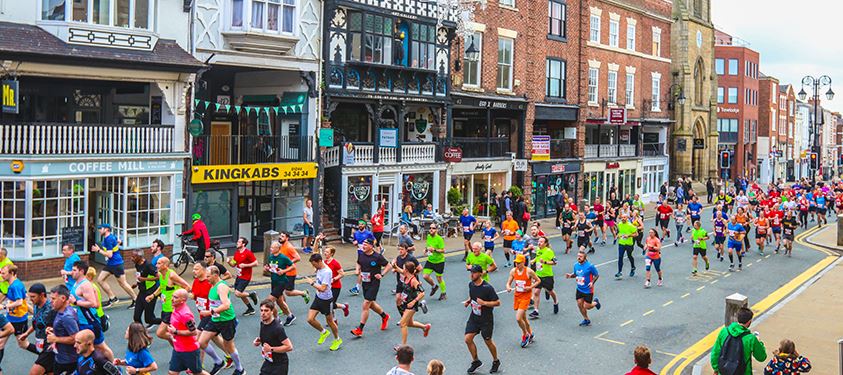How to use a swiss ball to strengthen your core, by Ian Laird at Optimum Health Coaching
(also called exercise ball, Pilates ball, maternity/birthing ball, stability ball)
The swiss ball is another one of those pieces of equipment (like the foam roller) that many people have but they have either shrivelled, are collecting dust or are acting as somewhere to hang your clothes! Even worse, you got sick of tripping over it and sold it/gave it away! If that’s the case, then get yourself another one ASAP as this piece of equipment is very useful in helping with strength & conditioning for runners. Here, Ian Laird from Optimum Health Coaching will show you how you can use a swiss ball to strengthen your core and make it part of your regular strength and conditioning regime.
The beauty of a swiss ball is that they are so inexpensive and really are fantastic for an overall body workout. Exercises with a swiss ball generally engage more muscles at once, due to the instable nature of the ball. A strong core is so important generally but especially for running because it prevents imbalances that could eventually lead to injury. For example without a strong core your lower back and quads may work harder to compensate for this weakness and with the repetitive nature of running, this could then lead to niggles in these same body areas or further up or down the chain (knees, shoulders, neck etc).
The stronger the core then the more efficient you will be as a runner. The best runners in the world are not just the ones with the best aerobic capacity but the ones that combine this with being the most efficient runners. You may have heard of the Nike Vaporfly running shoe, worn by among others, Eliud Kipchoge when he broke the 2 hour marathon barrier in Vienna. They have courted a lot of controversy, by improving the wearer’s running efficiency by up to 5%, therefore improving elite runner’s race times. By improving the strength of your core and in turn stabilising your hips, pelvis and lumbar spine, you could easily get a lot more return than the 5% offered by the latest Nike running shoes.
Below, Ian will show you 5 exercises that you can do at home or at the gym with a swiss ball, that target your core and some other body areas as well.
Swiss ball roll out
- Kneeling on the ground with your forearms placed on a swiss ball.
- Draw your belly button inwards and move forward straightening your hips and arms to the point you can maintain the natural arch in your low back. Do not let your back sag and move your arms and legs the same distance.
- Slowly return and repeat.
- We suggest 10-12 reps and 3 sets.
Dying bug
- Start by lying on your back, raise your arms and legs to 90 degrees and support the ball between your hands and feet.
- In a controlled manner and without arching your lower back, extend your left arm and your right leg at the same time while keeping the ball in place with your opposite hand and leg.
- Hold for 1-2 seconds and then return your right leg and left hand back onto the ball (this is 1 rep)
- Repeat on the opposite side extending your right arm and left leg this time.
- Repeat this alternating movement 10-12 times and repeat 2-3 times.
Prone jackknife
- Start in a push up position with your feet on a swiss ball.
- Draw your belly button inwards then draw your knees up towards your chest without letting your hips drop and maintaining good postural alignment. Keep the natural arch in your low back.
- Slowly return and repeat.
- 10 reps and 3 sets
Supine hip extension, feet on ball
- Start by lying on your back on the floor with your feet on a Swiss Ball, arms on the floor just below shoulder height.
- Drawing your belly button in push your feet into the ball to lift your hips up to a point in line with your ankle knee and shoulders.
- Lower under control and repeat.
- 10-12 reps and 3 sets
Reverse back extension
- Lay face down on top of swiss ball so that your tummy and upper pelvis are supported by the ball, and with your hands on the floor.
- Draw your belly button inwards and then raise your legs upward squeezing your gluteal muscles.
- Hold this for 1-2 seconds and then lower under control and repeat.
- 10-12 reps and 3 sets.
Optimum Health Coaching hope you enjoy these exercises but if at any time they cause any discomfort or pain please stop and seek further expert advice.
If you don’t already have an exercise ball at home but would like to purchase one, then I would recommend buying an “anti-burst” one. This does not mean that it won’t puncture but it won’t pop like a balloon with you sat on it, it will deflate slowly lowering you to the floor in a controlled manner.
Use the guide below so that you make sure you purchase the correct size for your height.
|
A good guide is when you sit on the ball the angle at the back of the knee should be greater than 90 degrees, or the thighs should be above parallel to the floor. If it is less than this then the ball is too small for you and may exacerbate back problems.
For more information & advice about strength & conditioning please see Optimum Health Coaching's website optimumhealthcoaching.com or email them at claire@optimumhealthcoaching.com
Race Record
Men
1:02:21
Vincent Boit in 2015
Women
1:14:32
Amanda Crook in 2013
Never miss our training runs or special offers!
2024 Results
Men
| 1st | Marshall Smith (Ashford AC) | 1:07:52 |
| 2nd | Chris Perry (Vale Royal AC) | 1:08:02 |
| 3rd | Jack Bromley (Buckley RC) | 1:10:10 |
Women
| 1st | Abigail Howarth (Vale Royal AC) | 1:19:17 |
| 2nd | Abbey van Dijk (Run 4 U & Perform RC) | 1:19:46 |
| 3rd | Sarah Hunter (Ackworth Road Runners) | 1:20:19 |
